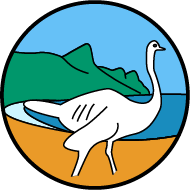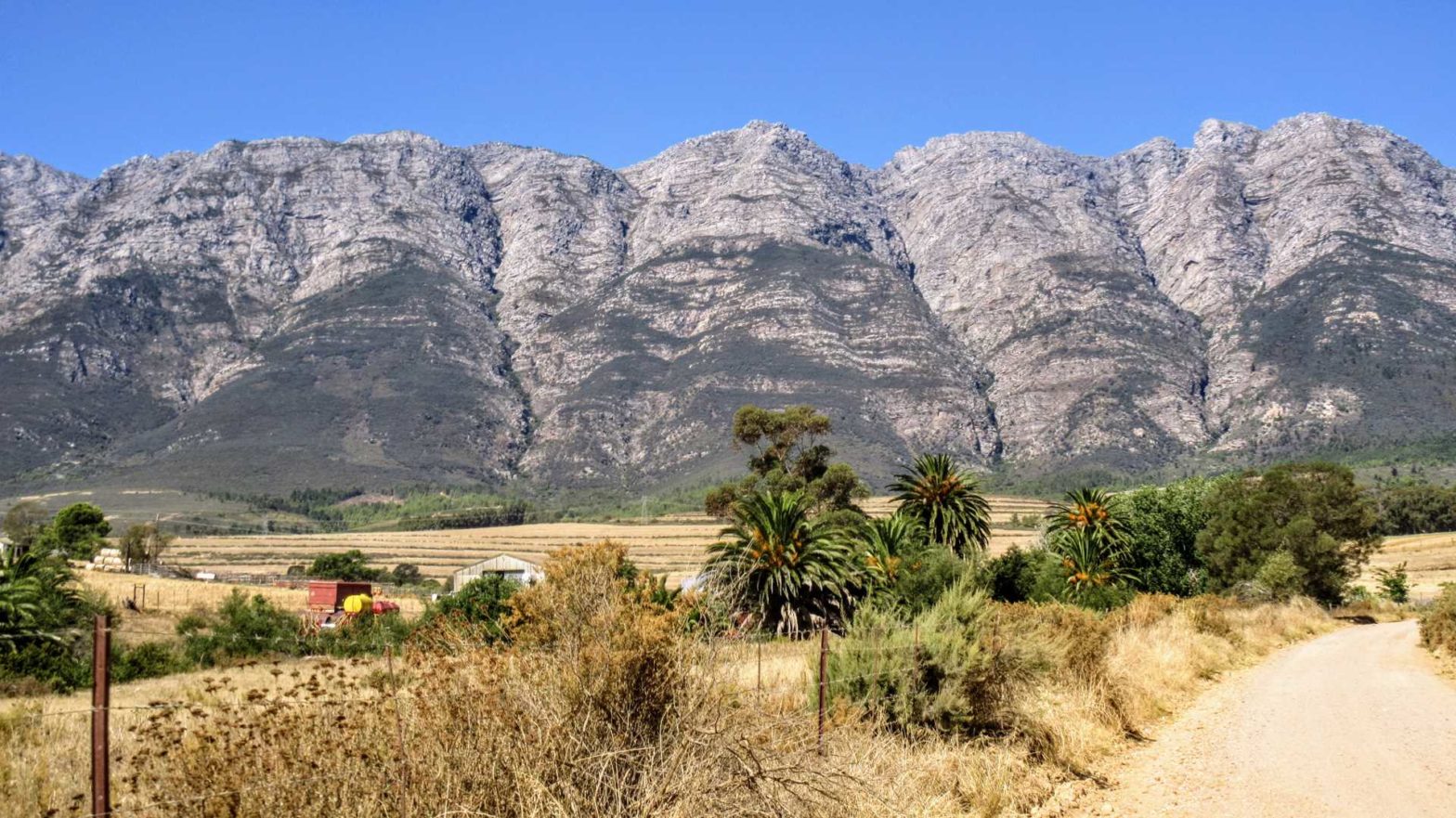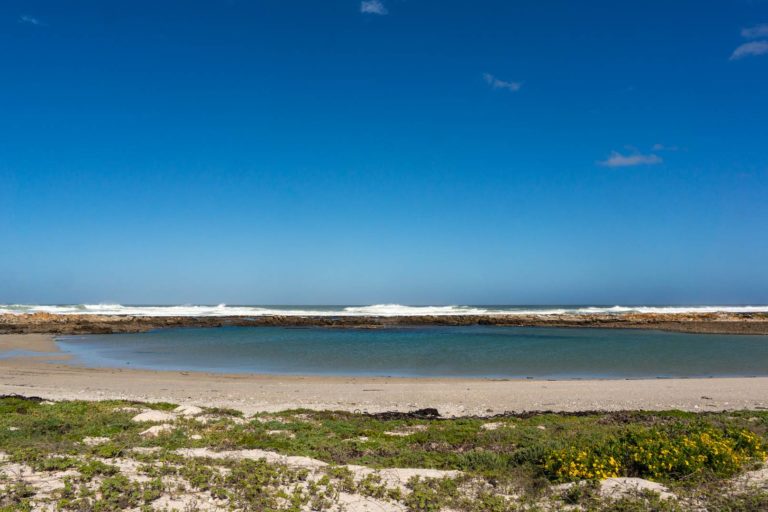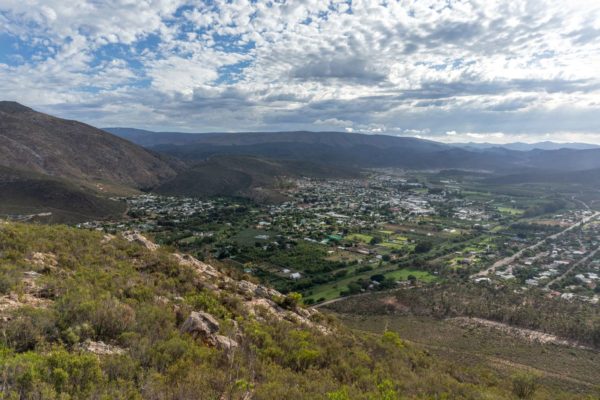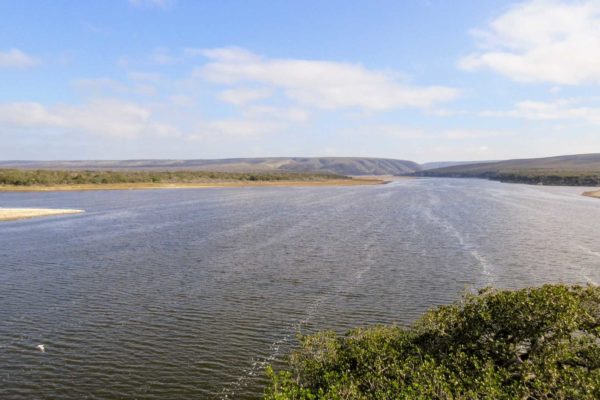By Vicky · Published Jun. 16th, 2021 · Updated Nov. 24th, 2022
When you buy through links highlighted with an asterisk (*) on this site, we may earn a small affiliate commission at no cost to you.
Tulbagh is a cute, historical town surrounded by wine farms and gorgeous mountains with hiking trails, only 1hr30 minutes from Cape Town.
Page Contents:
Summary
Tulbagh has hiking trails, delicious food, arty shops and more. It’s a lovely town to stroll around and base yourself for a weekend of exploring the region and nearby mountains.
How to get to Tulbagh
Tulbagh is a 1hr30 drive from Cape Town via either the N1 or N7, the scenery is beautiful either way. A great weekend destination in itself, Tulbagh is also a convenient stop on the way north to Cederberg and beyond or to Tankwa Karoo National Park. If you don’t have a car, check out the options for car hire* from Cape Town.
There are plenty of shops in Tulbagh if you don’t stock up before you leave.
Tulbagh Town Map
Around Town
Tulbagh is full of charming, old buildings in Cape Dutch style. These are concentrated on the main street – Van der Stel Street, and the parallel Church Street. Walking a loop around these streets is just over one kilometre. You will also pass most of the restaurants and cafes on this short walk.
There are also several small museums in some of the historic buildings showing exhibitions about the history of Tulbagh Valley, the 1969 earthquake (see box below), the lifestyles of former inhabitants and the artwork of Christo Coetzee.
History of Tulbagh
Tulbagh is one of the oldest towns in South Africa, and certainly one of the best-preserved. The town started developing in the mid-18th century though Khoisan people lived here for thousands of years before that.
A mix of Dutch and Huguenot settlers built farms in the Tulbagh basin, surrounded on three sides by spectacular mountain ridges.
Today you can find beautifully preserved Cape Dutch and Victoria architecture as you wander around the little town centre and the main focus of the valley is tourism, wineries and agriculture.
Eating in Town
We visited Waverley Hill Wines and Restaurant (Website, Tripadvisor Reviews*), 20 minutes from Tulbagh, on the way back from Ceres. There are beautiful views, the food was tasty and the wine delicious. Maybe we were biased because it was the day the alcohol ban ended and we hadn’t had any real drink in a while!
We ate lunch at Kole and Deeg (FB Page, Tripadvisor Reviews*) on the main street in central Tulbagh. They had super tasty pasteis de nata and other bakery goodies along with a menu of light meals.
There are many other restaurants and cafes in Tulbagh and at the wine farms in the surrounding region.
Accommodation near Tulbagh
We camped at Fraaigelegen Farm (Website, Booking Reviews*) for one night, 15 minutes south of Tulbagh and near Waverley Hills Wine and Restaurant. The campsite was beautiful, with stunning views of the mountains, the ablutions facilities were spotless and there was WiFi near the main house. Apart from camping, cute little cottages are also available. There is a large dam near the cottages in which you can swim.
We stayed for two nights in a very cute cottage at Oude Compagnies Post (Website, Booking Reviews*), the start of a hike up Roodezandsberg Peak. The views from the cottage were gorgeous and the interior was beautifully designed. An elegant pool and a large braai area in front of the cottages made it just perfect.
There are many other great accommodation options in and around Tulbagh*.
Tulbagh Hiking Trails
Apart from a stroll around town, there are other lovely hikes on offer in this region.
For an accessible, 8 km hike with mountain views and swimming try the Murludi Hiking Trail. For more of a challenge head to Oude Compagnies Post and climb the tough, 1500 m high Roodezandsberg Peak.
1969 Tulbagh Earthquake
The magnitude 6.3 Tulbagh Earthquakes struck in 1969. It was one of the largest, most destructive earthquakes to occur in South Africa.
There was widespread damage to Tulbagh, Ceres and the surrounding regions. This area is part of the Cape Fold Belt that contains many faults and has built the many chains of steep mountains in the Western Cape. After the earthquake geologists hunted for any break in the surface that may indicate exactly where the fault that caused the earthquake was. They didn’t find anything, probably because the movement on the fault took place at a few kilometres’ depth and didn’t reach the surface.
There was a magnitude 5.7 aftershock about 6 months after the mainshock. Today the chance of another large earthquake is low though not zero.
The many damaged, historic buildings in town were meticulously restored which is why they are in such good condition today.
To find out more, visit the little earthquake museum (Website, Tripadvisor Reviews*) which contains photos and descriptions of the fateful day.
Road Trips from Tulbagh
The route to Ceres from Tulbagh is stunning as the road cuts its way through the rocky mountains. It takes about 30 minutes to reach Ceres.
If you want to continue further to the Cederberg, the back route via the R303 is extremely scenic. It takes about 2hrs30 from Tulbagh to reach Driehok Campsite, where we camped to climb Sneeueberg, and another hour to the town of Clanwilliam.
To explore more destinations and hiking trails in South Africa, check out our South Africa Guide.
Tulbagh was one of our last stops on our two-month road trip around South Africa which we wrote up as a book, Chasing Ostriches*. Discover many other amazing places in South Africa and see more photos here.
